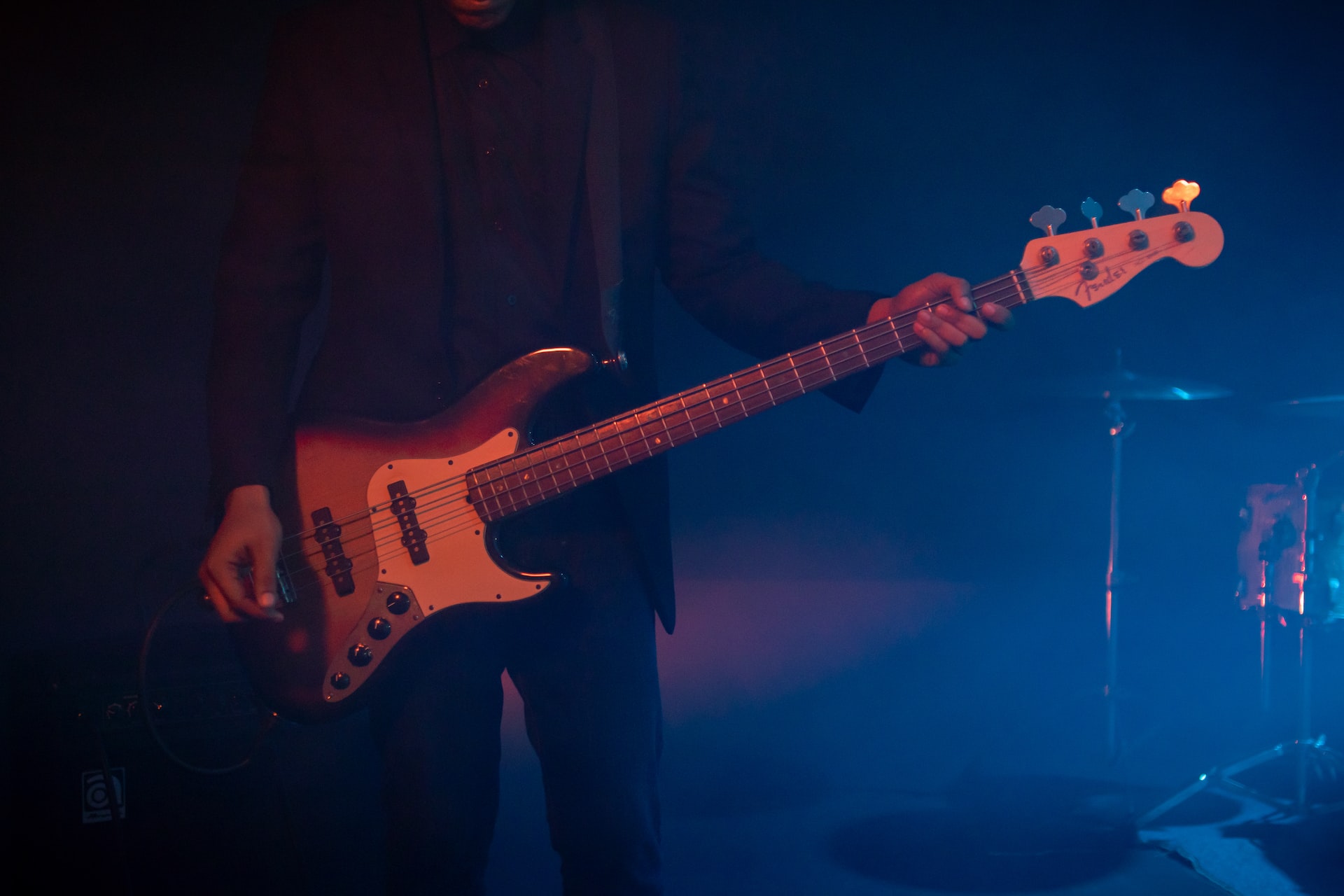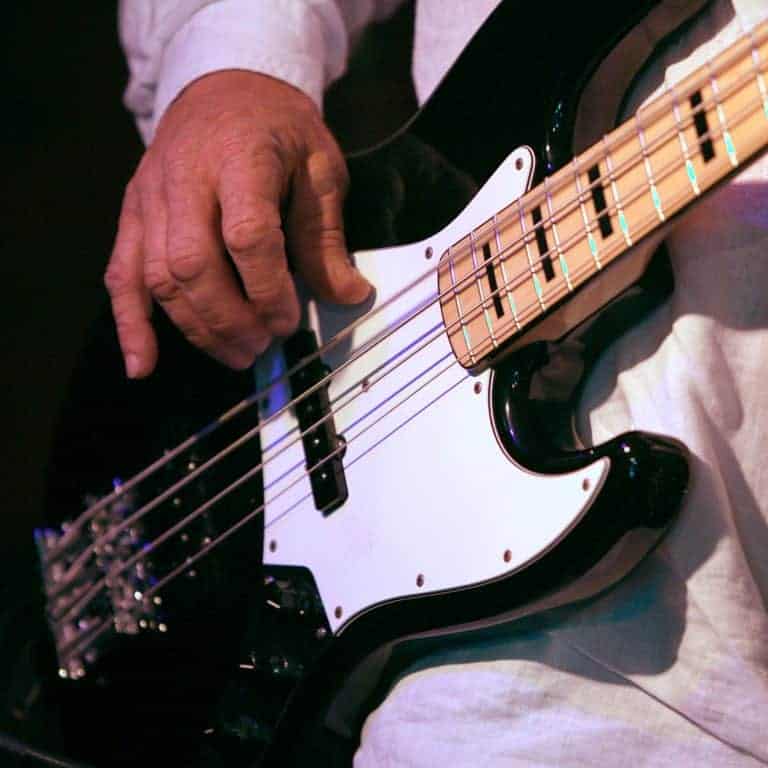Flatwound Strings for Beginners
Flatwound strings are a popular choice for many bass guitarists due to their range of tonal potential. They’re also low maintenance, have excellent playability, and can be heard on countless classic bass grooves.
Starting out as a bass player can be intimidating, especially when you have to choose from the seemingly endless selection of bass gear available on the market. Finding the right strings is no exception.
If you want to string one of your basses with flatwounds, this article is for you! We’ll be discussing the various aspects of flatwounds and why they’re the preferred strings for so many great bass players.
What are Flatwound Strings?
Flatwound strings are wound with a flat ribbon wire, which gives them a smoother and rounder tone with less tension. They are also a good choice for beginner bassists as they can be easier to play and less likely to cause finger fatigue.
Another characteristic of flatwounds is that they tend to produce less finger noise, which enables bass players to play more quietly and with greater control over their sound.
Flatwounds can last much longer than roundwounds, making them a great choice for players looking for long-lasting strings.
Which Bass Players Use Flatwound Strings?
Flatwound strings are popular among bass players seeking a smooth, mellow tone. Many legendary bass players throughout history have used flatwound strings, including:
- James Jamerson
- John Entwistle
- Paul McCartney
- Geddy Lee
- Bootsy Collins
- Marcus Miller
- Stanley Clarke
- Pino Palladino
- Marcus Miller
- John Patitucci
The tone of flatwound strings tends to be darker and more mid-rangey than roundwounds, which tend to be brighter and punchier. This makes flatwounds a great tonal fit for genres such as jazz, funk, and soul. Rockabilly and blues bassists also use flatwound strings to achieve a deep, articulated sound.
Tonal Characteristics of Flatwound Strings on a Bass Guitar
Flatwound strings have less high end, good lows, and a different sort of attack or percussiveness to the midrange and overall sound. They can be thumpy, have less sustain, and often have more string tension than a comparable roundwound string. In some ways, flatwounds are closer in tone to an upright bass than roundwouds.
How Long Does it Take to Break in Flatwound Strings?
Flatwounds don’t sound their best when brand new, so it’s a bit of a time commitment to give them a proper try. The more you play flats, the better they sound, so getting them broken in is key. I’ve left them on basses for years, and they sound better and better to me as time passes.
It typically takes about a week for flatwound strings on a bass guitar to break in, but once the strings are well-worn, the bass guitar will sound amazing. The strings will become more flexible and easier to play during this time. During the first few days of use, the strings may feel stiff and unresponsive, but as the strings begin to break in, the instrument’s tone will become richer and fuller.
How String Gauge and Setup Impact Tone and Playability
String gauge and setup are really important to your instrument’s playability. The flatwound tones you hear on older recordings are often (but not always) a very heavy gauge. Still made today, this heavy gauge (.052-.110) is really its own animal. They have very high string tension, which produces a unique sound.
Many medium gauge options are available that provide manageable tension and feel without sacrificing that classic flatwound tone. Some popular light gauge flatwound strings are also on the market (.043-.104). They have the warmth and percussiveness of flats but are flexible with lower tension.
If you’re trying flatwound strings for the first time, you may need to adjust the setup of your bass because of the potential for higher string tension.
When to Use Flatwound Strings
Naturally, flatwounds are a great choice for all sorts of “roots” music, but there is an overlap with a similar bass setup with rounds. Just because a musical situation would lend itself to using flats doesn’t mean rounds won’t work.
You can get many tones with how you play, how you pluck the string, and by adjusting the tone knob. This applies oppositely as well. You may expect a roundwound bass tone in many situations, but flats could work really well and sit in the mix beautifully.
Having a couple of similar basses setup each way can help illustrate the differences. This is what I did in the quick comparison video below. Playing both types of strings side-by-side allows you to get comfortable and use each bass in different situations to see what works best for you.
It also helps tune your ear to the different tones you hear on records and how to approach those yourself. After pursuing this for a while, you’ll have a good handle on all the different sounds you can get out of your instruments by altering your approach and setup.
Conclusion
Flatwound strings are ideal for bassists looking to achieve a smooth, warm sound. They offer increased durability, a more muted tone, and reduced finger noise. For those wanting a more vintage sound, flatwound strings are the perfect option for your bass. Feel free to contact us with any questions, or we can discuss these sorts of gear options during a private bass lesson.
This post is by Tim Marks, a bass instructor at Green Hills Guitar Studio in Nashville, TN.




